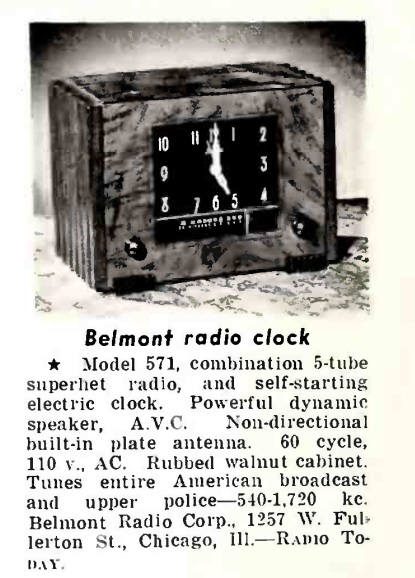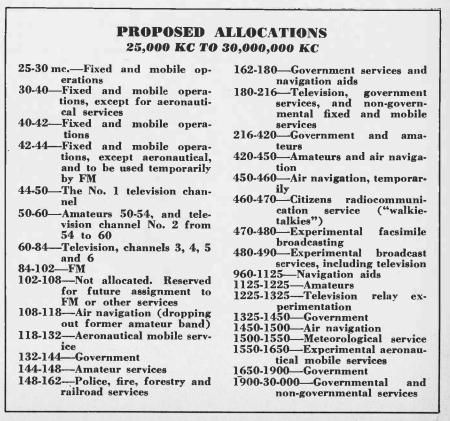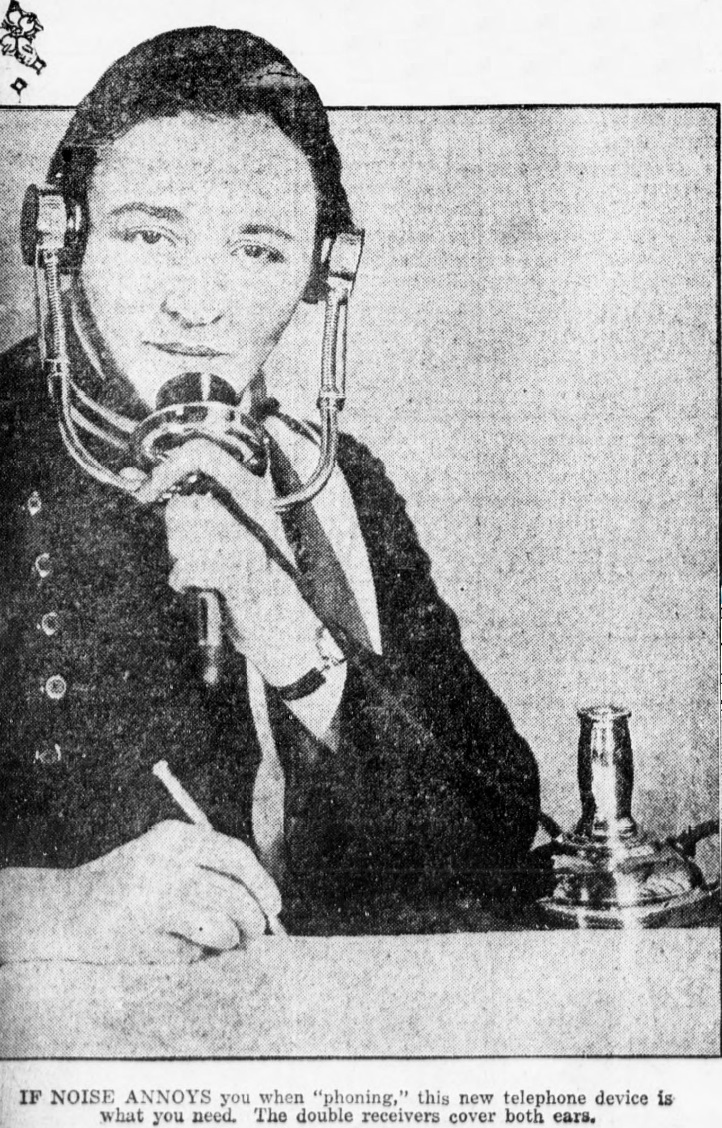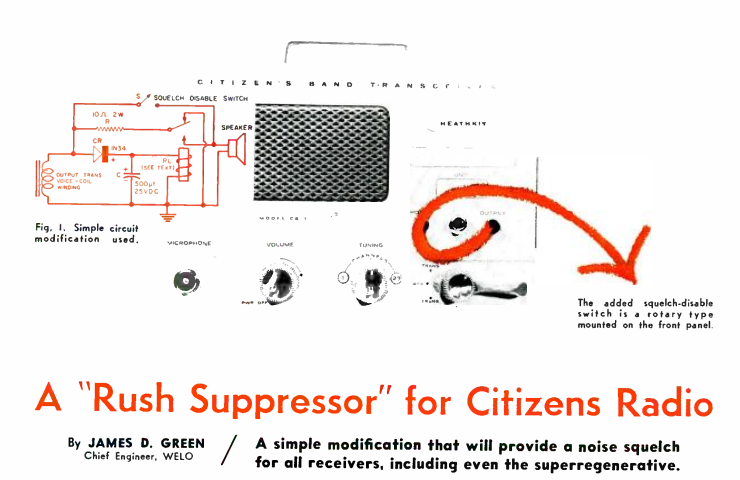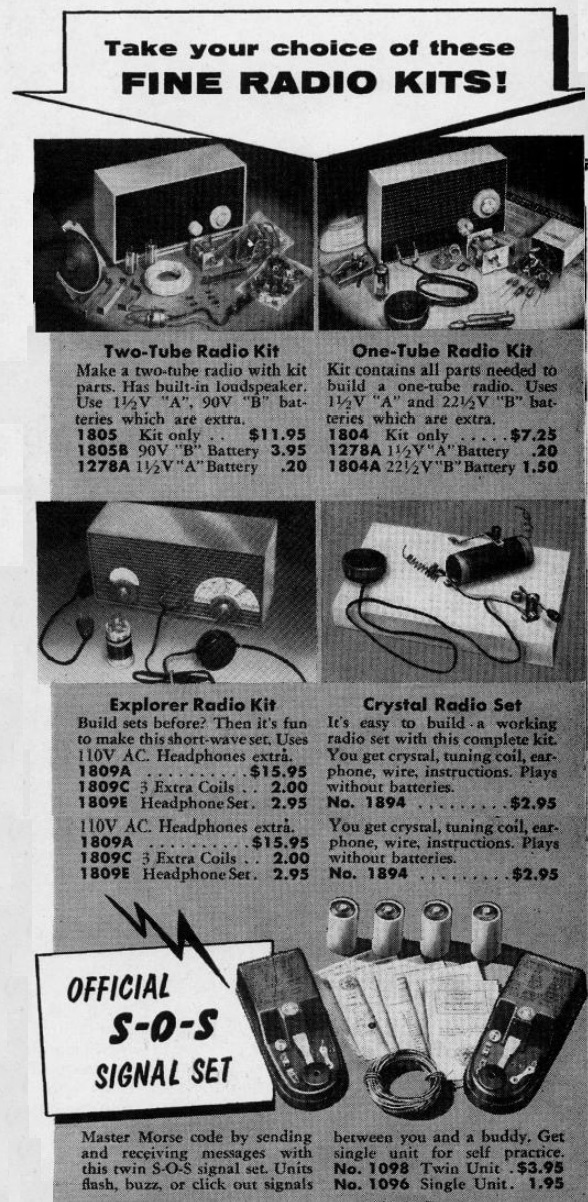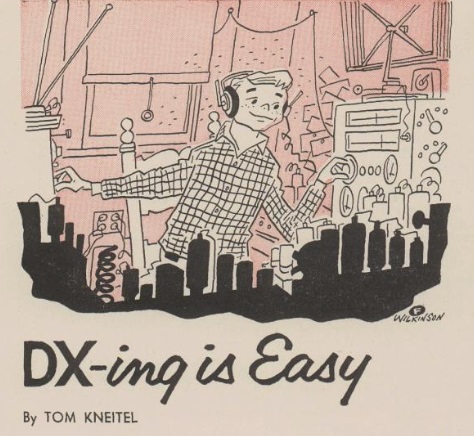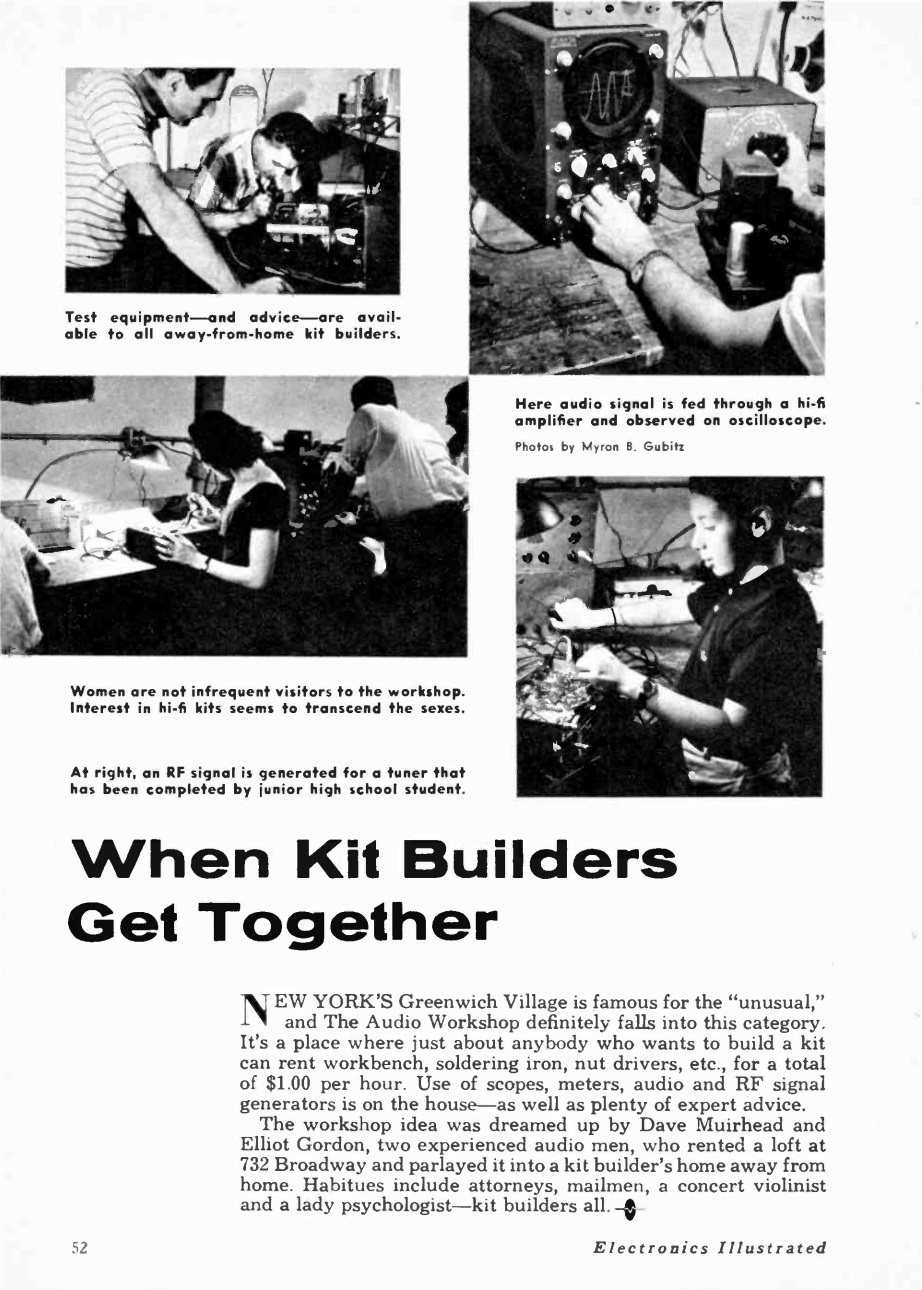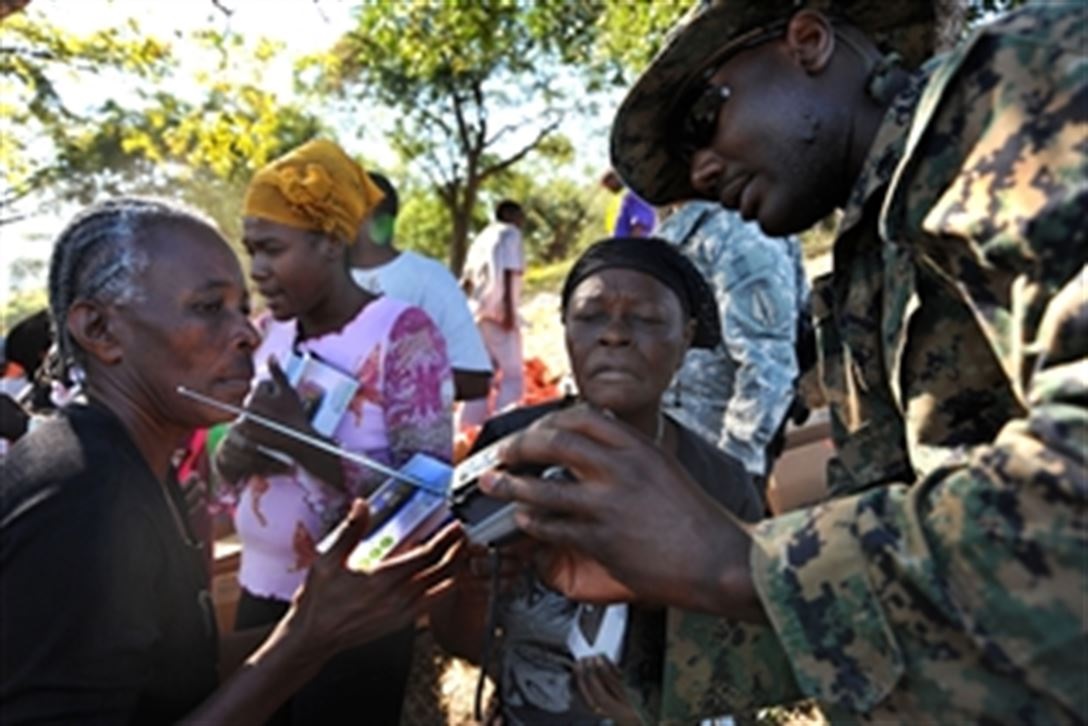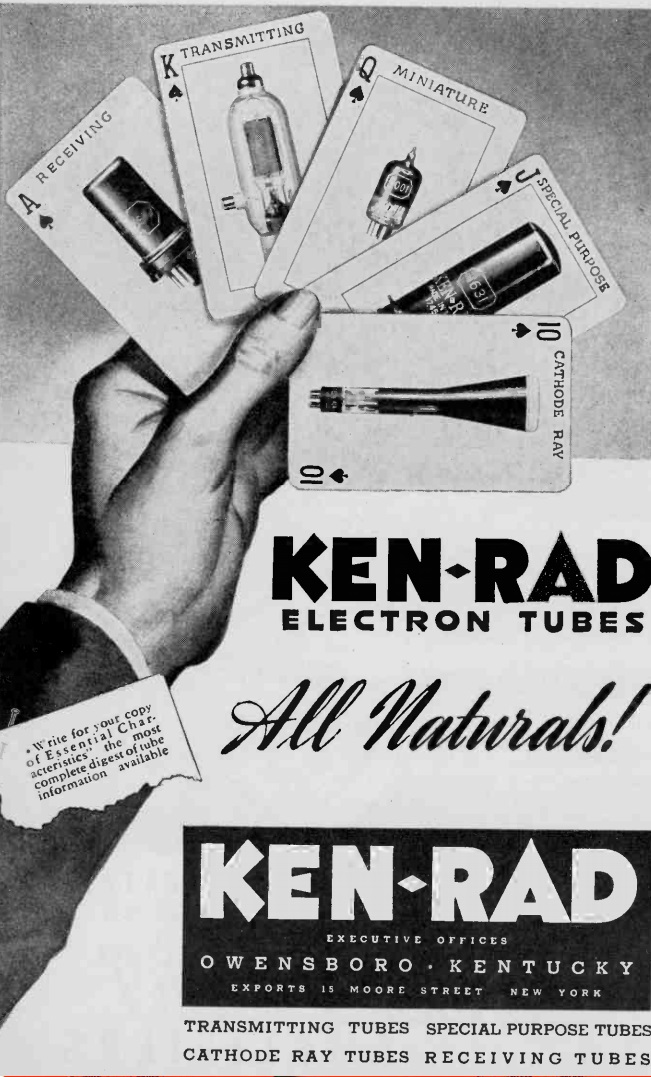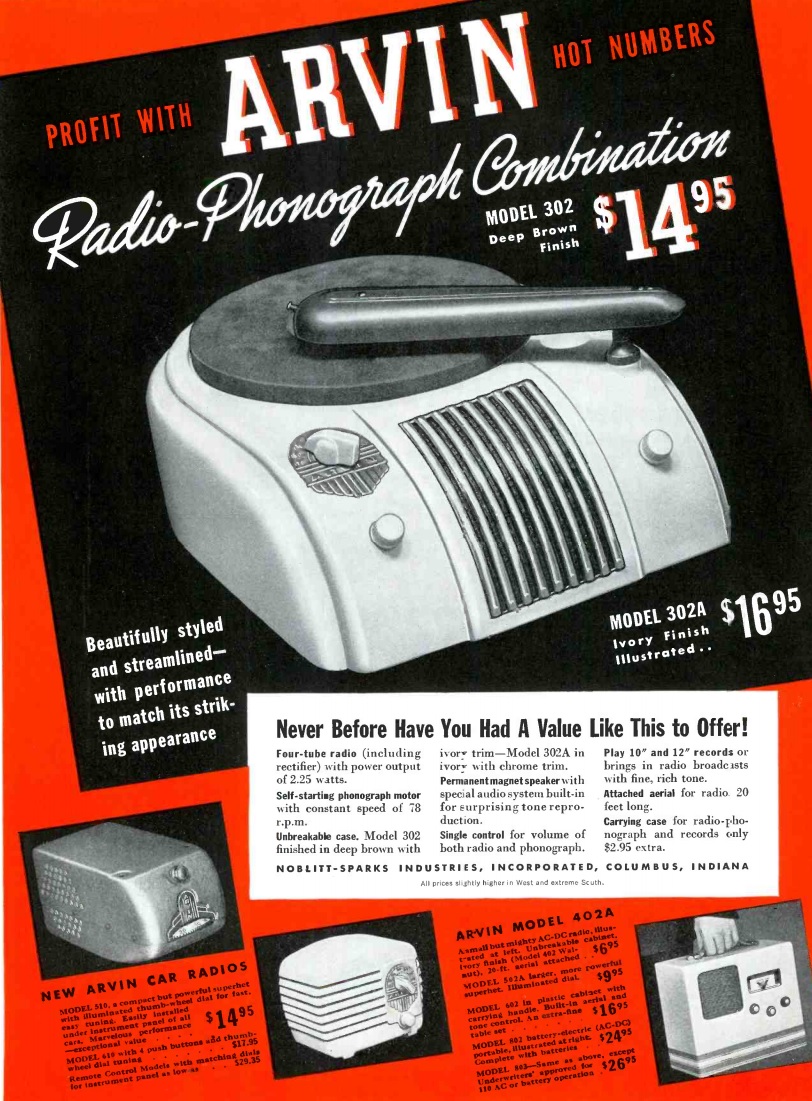Today marks the 10th anniversary of the catastrophic magnitude 7 earthquake that hit Haiti on January 12, 2010. The epicenter of the quake was about 25 kilometers west of the capital, Port-au-Prince, where tens of thousands died.
The actual death count will never be known, but estimates range from 100,000 to 316,000. The morgues were overwhelmed by the sheer number of bodies, and most were buried in mass graves.
Over a quarter of a million residences, along with 30,000 commercial buildings, had collapsed or were severely damaged. Not surprisingly, the country’s communications infrastructure was severely damaged. The public telephone system was totally unavailable, and cellular service was severely impacted.
A bright spot in communications was radio broadcasting. The Port-au-Prince region was served by 50 radio stations prior to the earthquake. All but one of these, Radio Signal FM, were initially knocked off the air. Within a week, however, about 20 stations, including Radio Lumière, a Christian station serving most of the country, were back on the air. Radio Lumière’s staff moved the station’s equipment to a tent outside its main building in order to resume broadcasting. Also, within about a week, a French community broadcasting association had a 300 watt transmitter flown in from Paris.
Additional broadcasting came from foreign countries. The U.S. Air Force Commando Solo aircraft was broadcasting Voice of America programming in Haitian Creole, which was also transmitted from the VOA’s 1180 kHz transmitter in Marathon, Florida. The BBC World Service also launched a Creole service with information about aid and rescue programs, as well as messages from people trying to locate family members. Initially, broadcasts were on shortwave, but were later relayed by FM relays from stations in Haiti as they came on the air.
One of the first voices on the air came from station 4VEH in Cap-Haïtien. That city, in the north of Haiti, was largely unaffected by the quake, and broadcasts continued on its AM station and FM network. The 10,000 watt AM signal on 840 kHz, would be listenable 136 kilometers away in Port-au-Prince. But to make sure, the station quickly made arrangements with Trans World Radio (TWR) on Bonaire to simulcast the 4VEH program. While the distance covered was over 800 kilometers, the entire path is over saltwater, and TWR’s then-100,000 watt 800 kHz signal (it’s now 400,000) watts was beamed directly toward Haiti. It put in a formidable signal which could easily be picked up on even the most inexpensive AM radio. The Creole program from the Christian radio station shared both practical help and a message of hope.
For those without radios in Haiti, a number of groups distributed solar or crank radios in Port-au-Prince. Among these was the U.S. military, which distributed 50,000 radios in the city.
This story serves as a reminder of the importance of having a battery-operated radio available in case of disaster. Even though the cellular network is down, and there is devastation for many miles in every direction, radio signals can be picked up, even with an inexpensive radio, for hundreds of miles. A battery-operated radio is a minimum requirement, as long as you have plenty of batteries. A radio that can be operated with a hand crank and/or solar power is an even better option. Shown below are some inexpensive options.
Battery Radios
Solar and/or Crank Radios
 U.S. CDC image.
U.S. CDC image.
References
Note: Some links on this page are affiliate links, meaning that this site earns a small commission if you purchase after clicking on the link.
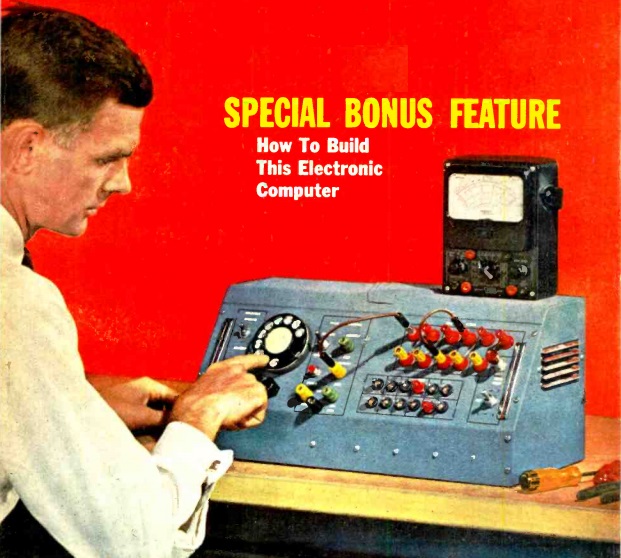 Sixty years ago, the gentleman shown here was undoubtedly the first one on his block to own a personal computer, since he built this one, as shown in the January 1960 issue of Electronics Illustrated.
Sixty years ago, the gentleman shown here was undoubtedly the first one on his block to own a personal computer, since he built this one, as shown in the January 1960 issue of Electronics Illustrated.
